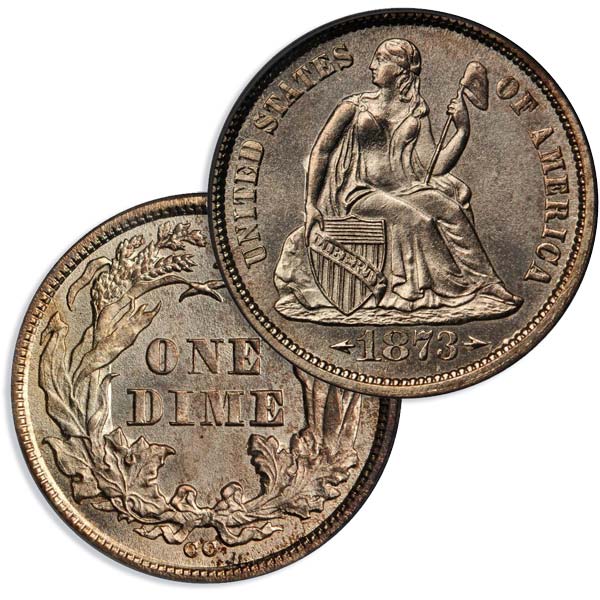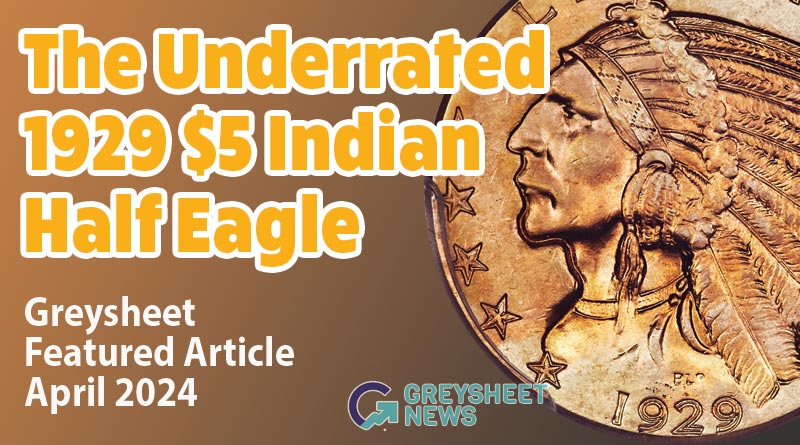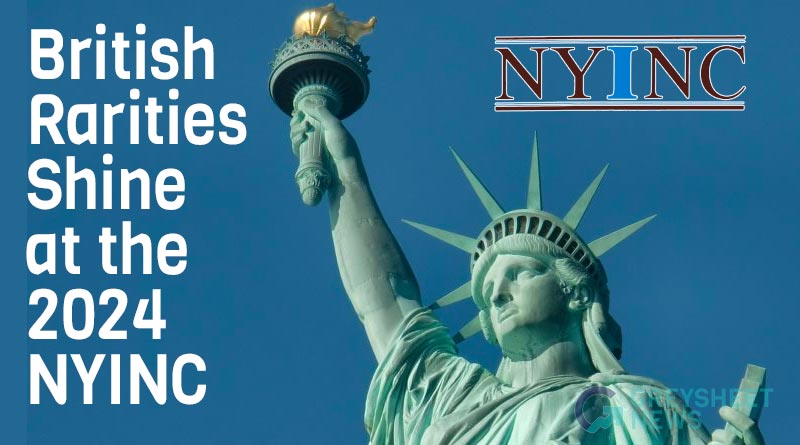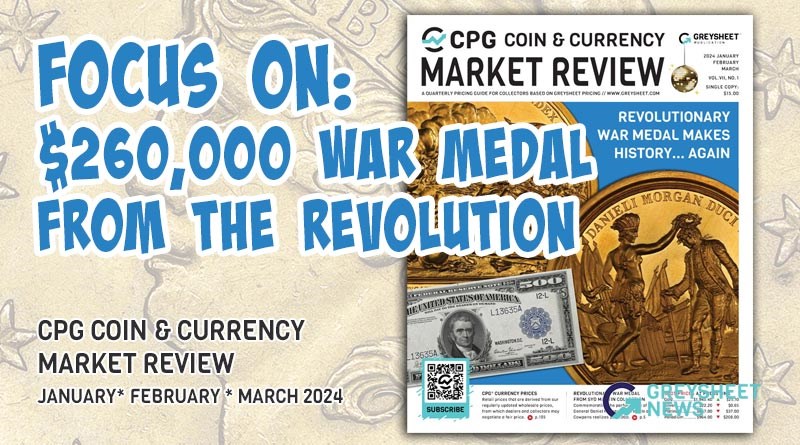Tom Bender’s Collection Review Part 2: 1873-CC With Arrows Dime
The 1873-CC With Arrows dime is an underrated condition rarity, as reflected in the strong price for the Bender example.
On August 24, Heritage auctioned the finest known 1873-CC With Arrows dime, which was consigned by Tom Bender. Why discuss this coin now? Tom Bender’s unique 1870-S half dime will be auctioned in January. Moreover, there are rumors swirling that the unique 1873-CC No Arrows dime, which was never owned by Bender, will also be auctioned by Heritage in January 2023. These two unique coins have deflected attention from the Bender-Battle Born 1873-CC With Arrows dime, which is a startling condition rarity.
In order to discuss either 1873-CC With Arrows or No Arrows dimes, there is a need to remark upon the presence or absence of such arrows. The Coinage Act of 1873 abolished some denominations and required the use of easy to remember metric measurements for the weights of silver coins.
From 1837 to 1964, all U.S. dimes were 90% silver. The Coinage Act of 1853 reduced the specified gross or total weight of a dime from 41.25 grains (2.673 grams/0.0859375 Troy ounce) to 38.4 grains (2.488 grams/0.08 Troy ounce). Twenty years later, the Coinage Act of 1873 increased the specified gross weight to 2.5 grams, not much more than 2.488 grams, a difference of 0.012 gram (0.185 grain/0.00038581 Troy ounce). Moreover, the prepared blanks (planchets) were allowed to vary by 0.097 grams (1.4969 grains). A planchet could thus legally weigh as little as 2.403 grams (37.0839 grains). Therefore, the pre-1873 planchets were legally usable to make new dimes during and after 1873. The difference in weight standard was partly an illusion.
Why was the specified weight changed? Some researchers figured that the U.S. Congress was attempting to introduce the general public to the metric system, with the idea that the metric system would eventually replace the British-American system of weights and measures. While this explanation is viable, I doubt that it is true.
Besides scientists and lab technicians, hardly any U.S. citizens in 1873 cared about the metric system. Few Americans would then have wished to adopt it. Even in 2022, there is very little enthusiasm for the metric system; ounces and pounds, inches and feet, plus pints, quarts and gallons, all continue to be regularly used for measurements. In the United States, people travel miles, not kilometers. The popularity of the metric system in much of the world, however, is indisputable.
During the 1860s and 1870s, there were numerous proposals, discussions, and conferences regarding establishing standards for coins that could easily be used in more than one nation to facilitate international trade and reduce transaction costs. The requirements of the Coinage Act of 1873 resulted in 25 grams of new U.S. silver coins having the total face value of one U.S. dollar, ten dimes, four quarters or two half dollars. It is not a coincidence that one French Franc was then specified to weigh five grams, and one U.S. dollar in new silver coins thus had the same total weight as five French Francs, 25 grams.
The Latin Monetary Union (LMU) was established in 1865 by France, Belgium, Italy, and Switzerland. At first, the LMU was based on the French Franc and a 15½:1 silver to gold ratio. An immediate point here is that the specified gross or total weight of an 1873 U.S. dime With Arrows was 2.5 grams, exactly one-half the specified gross weight of a French Franc, the basis of the Latin Monetary Union and of coinage in multiple nations in Europe.
My theory is that the idea of international standards for coinage was the reason for the metric measurements imposed by the Coinage Act of 1873 and the addition of arrows to obverse designs. Arrows announced a new law and a hope for an international coinage standard.
Although political events during 1873 dimmed the prospects for an international coinage standard, some influential U.S. politicians continued to advocate the concept. Indeed, my theory provides a logical and historically defensible explanation for the change in weight standards, the use of particular metric measurements and the adoption of arrows in 1873.
As the arrows were not required on coins minted from January to March 1873, some were made without arrows, and only one 1873 No Arrows dime is now known. With or without arrows, mintages at the Carson City Mint tended to be extremely small. Researcher Rusty Goe has estimated that from 70 to 105 1873-CC With Arrows dimes survive. I maintain that there is a good chance that as many as 110 survive, including coins that are clearly non-gradable.
As the unique 1873-CC No Arrows dime is famous, few collectors realize that PCGS has graded only one 1873-CC With Arrows dime above AU53 and NGC has graded just one above AU58. PCGS and NGC have each graded an 1873-CC With Arrows dime as MS65. Tom Bender had the PCGS graded coin, which has a CAC sticker. It was earlier in the Battle Born Collection, a complete set of Carson City Mint coins that Stack’s Bowers auctioned in August 2012 at the ANA Convention in Philadelphia. I was there and I wrote multiple articles about the Battle Born Collection.
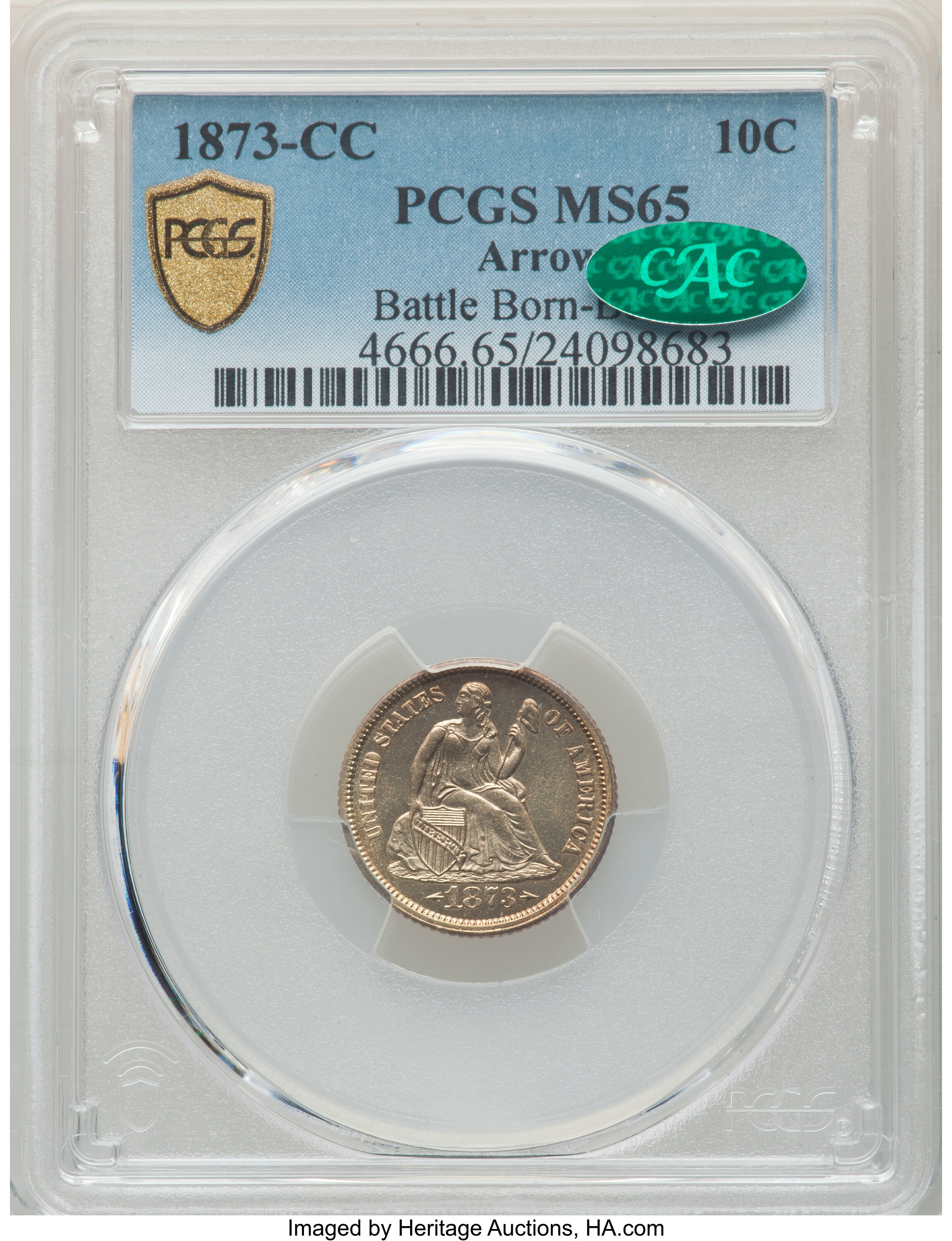
The PCGS graded Bender 1873-CC dime [link to auction lot].
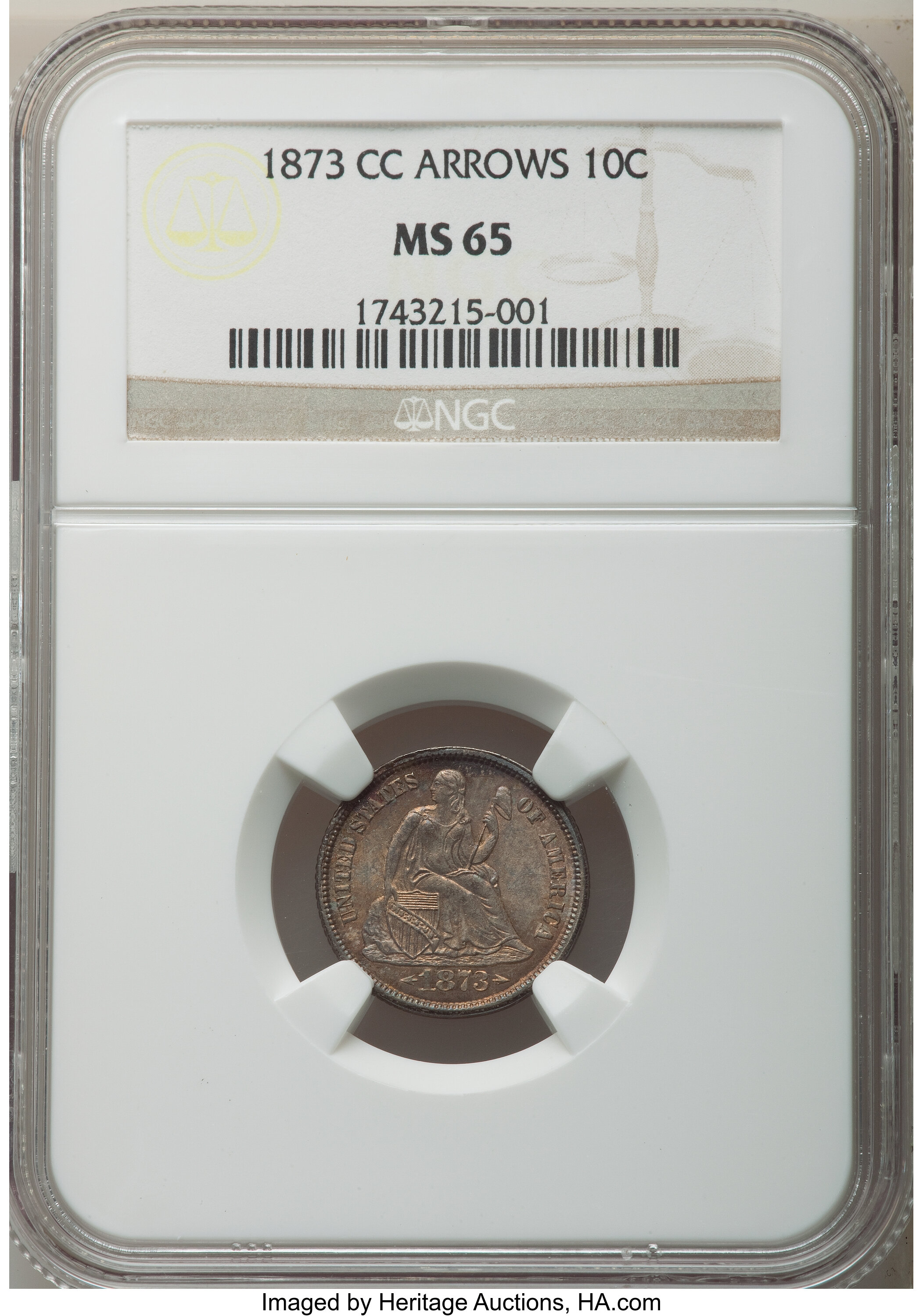
The NGC graded Gardner 1873-CC dime.
The Bender-Battle Born 1873-CC With Arrows dime is notably superior, at least a half-increment ahead of the Gene Gardner coin, in my opinion. It realized $552,000 on August 24, 2022, in the Bender I sale, a very strong price. This coin is now in the epic collection of D. L. Hansen.
Copyright ©2022 Greg Reynolds

Download the Greysheet app for access to pricing, news, events and your subscriptions.
Subscribe Now.

Subscribe to Monthly Greysheet for the industry's most respected pricing and to read more articles just like this.
Source: Greg Reynolds


